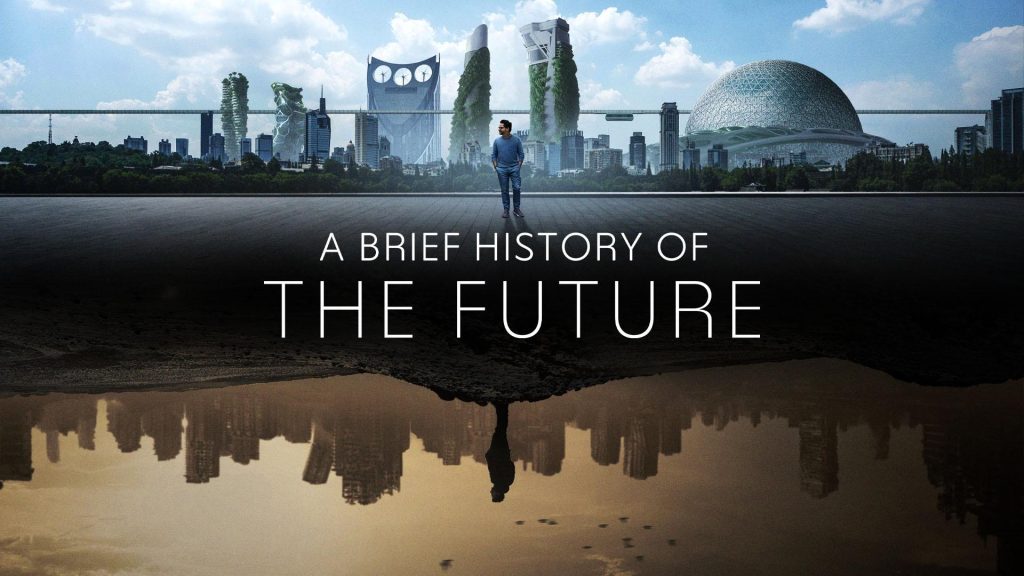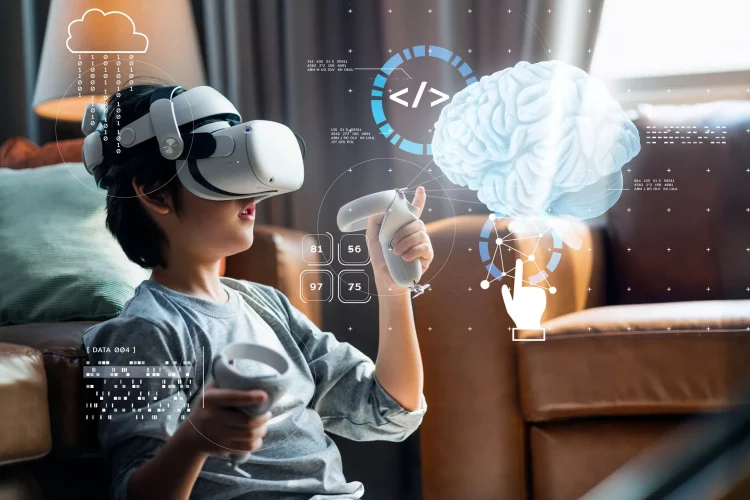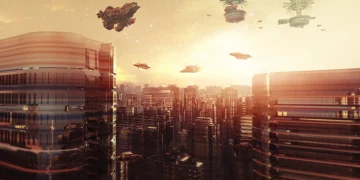Introduction: The Urgency of Rethinking Our Relationship with Nature
For centuries, human progress has been measured by industrial growth, technological achievement, and the expansion of cities. Yet these very accomplishments have pushed Earth’s ecosystems to the brink—accelerating climate change, driving mass extinction, and degrading the soil, water, and air that sustain life.
The challenge of the 21st century is no longer merely development, but reconciliation: to redesign how we live so that humanity can flourish without compromising the health of the planet. The idea of “living in harmony with nature” is not romantic nostalgia; it is now an ecological, economic, and moral necessity.
I. A Historical Lens: From Exploitation to Stewardship
1. The Agricultural Revolution
Early humans transformed landscapes for farming, often leading to deforestation and soil exhaustion.
2. Industrial Expansion
The 18th and 19th centuries marked unprecedented exploitation of fossil fuels, triggering urban pollution and ecological imbalance.
3. The Environmental Awakening
The mid-20th century saw Rachel Carson’s Silent Spring and the first global awareness of environmental degradation.
4. The Anthropocene Dilemma
Today’s epoch is defined by human impact on climate, biodiversity, and even geological processes—forcing us to rethink our place in Earth’s systems.
II. The Principles of Harmonious Living
- Ecological Limits
Acknowledge that human economies must operate within planetary boundaries—carbon budgets, freshwater cycles, and biodiversity thresholds. - Regenerative Practices
Move beyond “sustainability” as maintaining the status quo to actively restoring degraded ecosystems. - Intergenerational Justice
Recognize the moral duty to preserve environmental stability for future generations. - Holistic Well-Being
Shift metrics of progress from GDP to measures of collective well-being, environmental integrity, and cultural resilience.
III. Future Lifestyles for a Sustainable World
1. Homes and Communities
- Passive Design Architecture: Buildings that regulate temperature naturally through materials and orientation.
- Localized Energy Production: Rooftop solar, community wind turbines, and microgrids reducing reliance on centralized fossil power.
- Shared Spaces: Co-housing, urban gardens, and public kitchens fostering resource efficiency and community bonds.
2. Food Systems
- Regenerative Agriculture: Practices that restore soil health, enhance carbon sequestration, and preserve biodiversity.
- Plant-Centered Diets: Reducing meat consumption to ease pressure on land and water resources.
- Lab-Grown Proteins and Aquaculture: Innovating sustainable protein sources for growing populations.
- Localized Food Networks: Urban farms and short supply chains that reduce emissions and enhance food security.
3. Transportation and Mobility
- Electrification of Public Transit: Powered by renewables to cut urban emissions.
- Compact, Walkable Cities: Reducing dependence on cars and reclaiming space for pedestrians and nature.
- Shared Mobility Systems: Autonomous shuttles, bicycles, and micro-transit replacing private car ownership.
- Low-Impact Aviation and Shipping: Hydrogen-fueled or electric aircraft and slow shipping lanes prioritizing carbon reduction.
4. Consumption and Material Use
- Circular Economy Models: Recycling, refurbishing, and repurposing materials to minimize waste.
- Product-as-a-Service Models: Encouraging long-lasting, maintainable goods over disposable products.
- Minimalist Lifestyles: A cultural shift valuing experiences and relationships over material accumulation.

IV. Technology as a Bridge, Not a Threat
- Renewable Energy Systems
Scaling up solar, wind, geothermal, and tidal power with advanced storage solutions to stabilize grids. - Carbon Capture and Nature-Based Solutions
Using reforestation, mangrove restoration, and biochar alongside industrial carbon removal. - Smart Resource Management
AI for precision agriculture, water optimization, and biodiversity monitoring. - Synthetic Biology and Ecosystem Repair
Potential to revive extinct species or repair damaged coral reefs—raising both hope and ethical debate. - Digital Collaboration Platforms
Enabling global communities to share practices, monitor progress, and mobilize for conservation.
V. Culture, Ethics, and Human Values
- Indigenous Knowledge Integration
Traditional ecological wisdom provides models of long-term sustainability often overlooked by modern systems. - Cultural Shifts in Aspiration
Reframing “success” to prioritize ecological integrity, collective well-being, and quality of life. - Education for Planetary Citizenship
Teaching ecological literacy and a sense of belonging to Earth’s interconnected systems. - Spiritual and Ethical Dimensions
Faith traditions and philosophical schools around the world offer moral foundations for respect toward the natural world.
VI. Barriers and Dilemmas
- Political and Economic Resistance
Fossil fuel lobbies and entrenched industries often delay transition to cleaner economies. - Global Inequality
Developing nations face the challenge of growing economically while reducing emissions. - Behavioral Inertia
Changing consumption patterns and lifestyles remains culturally and psychologically difficult. - Technological Dependence Risks
Over-reliance on unproven solutions can create new vulnerabilities. - Conflicts over Land and Resources
Climate migration and renewable energy expansion can intensify competition for space.
VII. Stories from the Field: Living Experiments
- Bhutan’s Gross National Happiness Model
A governance philosophy prioritizing environmental conservation alongside cultural and social well-being. - Costa Rica’s Renewable Energy Success
A developing nation demonstrating how biodiversity protection and economic progress can align. - European Rewilding Initiatives
Restoring wolves, bison, and wetlands to revive ecosystems and eco-tourism. - Urban Sustainability Projects in Medellín, Colombia
Cable cars, green corridors, and participatory design transforming a once-polarized city. - Pacific Island Adaptation Efforts
Community-led relocation and conservation to cope with rising seas.
VIII. Imagining a Future Day in 2100
In 2100, 17-year-old Kai wakes up in a coastal eco-village powered by wave energy. His school day begins with a walk through a restored mangrove forest that buffers the village against storms.
Lunch consists of algae-based proteins and locally grown vegetables from the community aquaponic farm. The afternoon is spent learning planetary stewardship through immersive VR that simulates ecosystem restoration projects on Mars and Earth.
In the evening, Kai’s family joins a virtual town assembly to vote on water-sharing policies for the region, guided by AI projections of rainfall and river flow.
This simple day captures a profound transformation: humanity has adapted its ambitions to fit within ecological realities.
IX. Global Cooperation and Policy Pathways
- Strengthening International Climate Agreements
Beyond pledges, enforcement mechanisms and equitable financing must drive real progress. - Linking Trade and Sustainability
Carbon border taxes and green certification standards to align markets with planetary goals. - Financing the Transition
Green bonds, nature-positive investment funds, and debt-for-nature swaps to support conservation. - Empowering Local Communities
Decentralized governance ensuring that adaptation and mitigation strategies reflect cultural contexts. - Measuring Success Holistically
Incorporating biodiversity, soil health, and equitable well-being into national development indicators.
X. The Role of Art, Media, and Storytelling
Fiction, documentaries, games, and public art play a pivotal role in shaping ecological consciousness. By imagining futures that are both technologically advanced and nature-affirming, storytellers inspire collective action and hope.
Conclusion: A Shared Journey toward Regeneration
Living in harmony with the planet is neither utopian nor optional—it is a practical pathway for survival and flourishing. The next century’s story will be defined by whether humanity can transcend an extractive mindset and embrace regenerative coexistence.
Sustainable futures are not dictated solely by policies or technologies but by the values and imaginations of people. A world where innovation, equity, and respect for nature converge is not only possible but necessary for the continuity of life on Earth.

















































